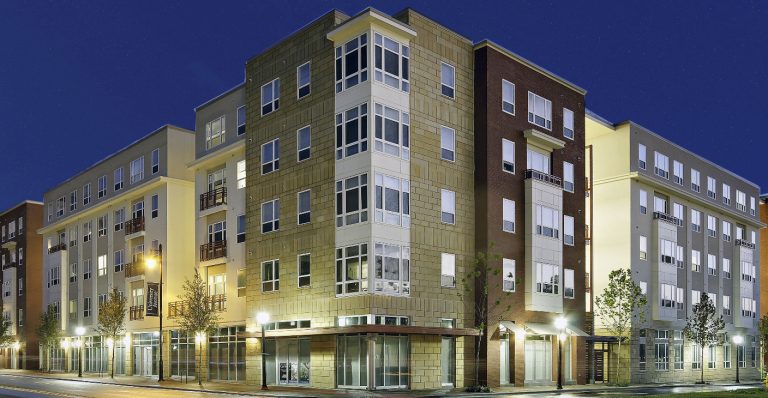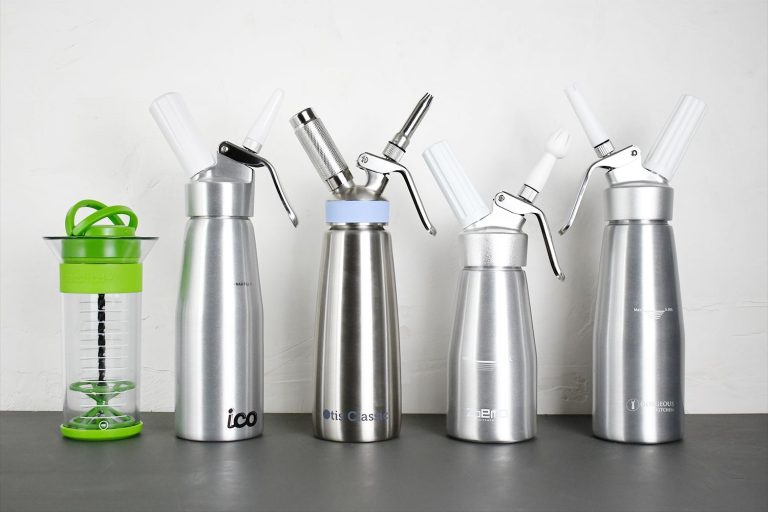Ladder Bars: Unveiling Their Role in Vehicle Suspension and Performance
Ladder bars, also known as ladder traction bars, are a crucial component in the realm of vehicle suspension systems. They play a significant role in enhancing traction, stability, and overall performance, especially in scenarios where wheel hop, axle wrap, or excessive rear-end movement can hinder a vehicle’s performance. In this comprehensive article, we’ll delve into the intricacies of ladder bars, their functions, benefits, and how they contribute to improving the driving experience.
Understanding Ladder Bars
Ladder bars are suspension components designed to address the challenges of wheel hop and axle wrap, primarily in rear-wheel-drive vehicles. They form a crucial part of a vehicle’s suspension, often seen in muscle cars, trucks, and off-road vehicles. The name “ladder bar” originates from their appearance, as they resemble the rungs of a ladder. These bars serve a dual purpose: enhancing traction by preventing the twisting of the rear axle and ensuring stability by reducing wheel hop.
How Ladder Bars Operate
Ladder bars work by connecting the vehicle’s rear axle to the frame or chassis. This connection serves to control the movement of the rear axle, particularly during acceleration or high-torque situations. Here’s a step-by-step breakdown of how ladder bars function:
- Mounting: Ladder bars are typically attached to the rear axle housing and the vehicle’s frame or chassis. They are installed in a manner that forms a diagonal or parallel link between these two points.
- Control Arm Function: The ladder bar acts as a control arm for the rear axle. When the vehicle accelerates or experiences significant torque from the engine, the rear axle naturally tends to twist or rotate. Ladder bars resist this motion by transferring the force generated by the axle to the vehicle’s frame or chassis.
- Reducing Wheel Hop: Wheel hop occurs when the rear tires momentarily lose traction during hard acceleration, causing them to bounce or skip. Ladder bars are effective in reducing wheel hop by keeping the rear axle firmly planted on the ground.
- Enhancing Traction: By minimizing the rear axle’s movement, ladder bars ensure that the rear tires maintain consistent contact with the road surface. This is especially crucial for high-horsepower vehicles, off-road trucks, and drag racing applications.
Benefits of Ladder Bars
- Improved Traction: Ladder bars enhance a vehicle’s traction, allowing it to transfer more power to the ground. This reduces wheel spin and significantly enhances grip, making them valuable for off-road adventures and drag racing.
- Enhanced Stability: The stability provided by ladder bars results in better overall handling and reduced sway during cornering, high-speed maneuvers, and heavy loads.
- Axle Wrap Prevention: Excessive twisting of the rear axle under torque, known as axle wrap, can lead to driveline damage. Ladder bars effectively prevent axle wrap, preserving the integrity of driveline components.
- Increased Driveline Durability: By limiting axle movement and eliminating excessive twisting, ladder bars reduce stress on universal joints (U-joints) and other driveline components. This can extend their lifespan.
- Adjustability: Ladder bars often come with adjustable settings, allowing vehicle owners to fine-tune their suspension for specific performance needs and preferences.
Types of Ladder Bars
- Leaf Spring Ladder Bars: These ladder bars are designed for vehicles equipped with leaf spring suspensions, such as many trucks and SUVs. They are ideal for preventing axle wrap in these applications.
- Four-Link Ladder Bars: Four-link ladder bars are more complex and are typically used in high-performance setups. They offer greater adjustability and can be customized to suit specific performance requirements.
- Diagonal Ladder Bars: Diagonal ladder bars provide a balanced approach, connecting the rear axle to the chassis diagonally, offering stability and flexibility.
- Parallel Ladder Bars: Parallel ladder bars create a direct, parallel connection between the rear axle and the chassis, emphasizing stability over adjustability.
Conclusion
Ladder bars are a pivotal component in enhancing a vehicle’s traction, stability, and overall performance, particularly in situations where wheel hop and axle wrap can hinder progress. Whether you’re an off-road enthusiast, a drag racer, or simply looking to improve your vehicle’s handling and driveline durability, ladder bars offer a valuable solution. Understanding their functionality and the advantages they provide can help you make informed decisions when considering suspension upgrades for your vehicle.






